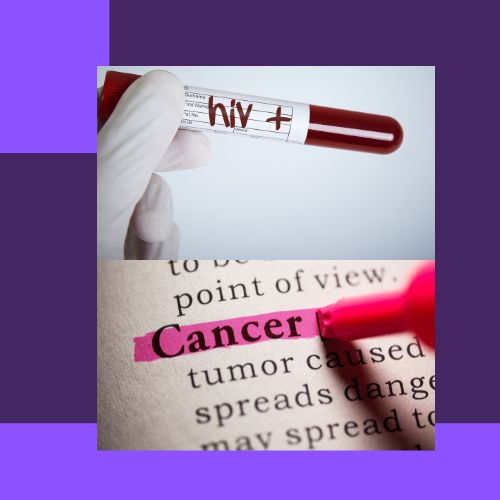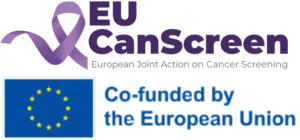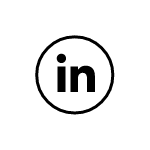Global burden of cancer attributable to HIV
A worldwide incidence analysis

Cancer attributable to HIV
Scientists from the International Agency for Research on Cancer (IARC) provide the first global assessment of the burden of cancer attributable to infection with HIV, in a new study published in The Lancet Global Health. The researchers also examined the burden and the principal attributable cancer types by world region, using data from the IARC GLOBOCAN 2022 database.
Cervical Cancer
The research team found vast regional disparities, with 70% of the 81 300 global cancer cases attributable to HIV infection occurring in Africa. Of these, more than 40% were cases of cervical cancer and 35% were cases of Kaposi sarcoma. Cancers attributable to HIV infection accounted for more than 5% of the total cancer burden in Africa as a whole and more than 10% of the total cancer burden in both Eastern Africa and Southern Africa.
#EuCanScreen #CancerScreening #HealthCare #CancerPrevention #CervicalCancer #IARC
Subscribe to our newsletter to get news and updates.
Subscribe to our newsletter to get news and updates.

The general objective of EUCanScreen is to assure sustainable implementation of high-quality screening for breast, cervical and colorectal cancers, as well as implementation of the recently recommended screening programs – for lung, prostate and gastric cancers. EUCanScreen will facilitate the reduction of cancer burden and achieving equity across the EU.
This project has received funding from the European Union’s EU4HEALTH Programme under the Grant Agreement no 101162959











